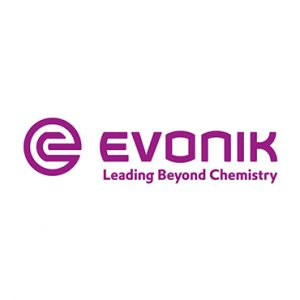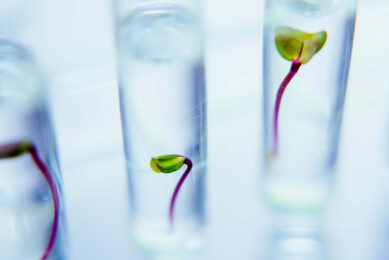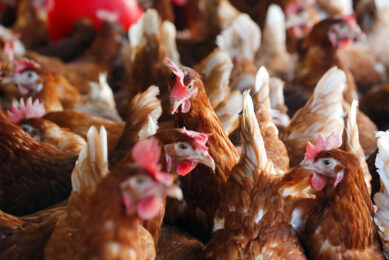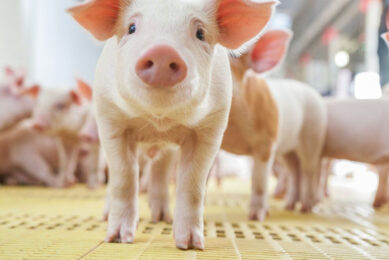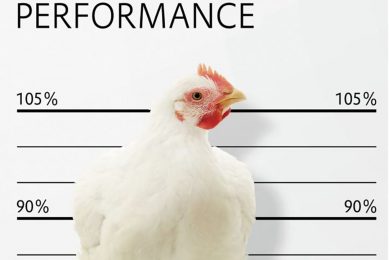New publication presents results of the latest methionine research
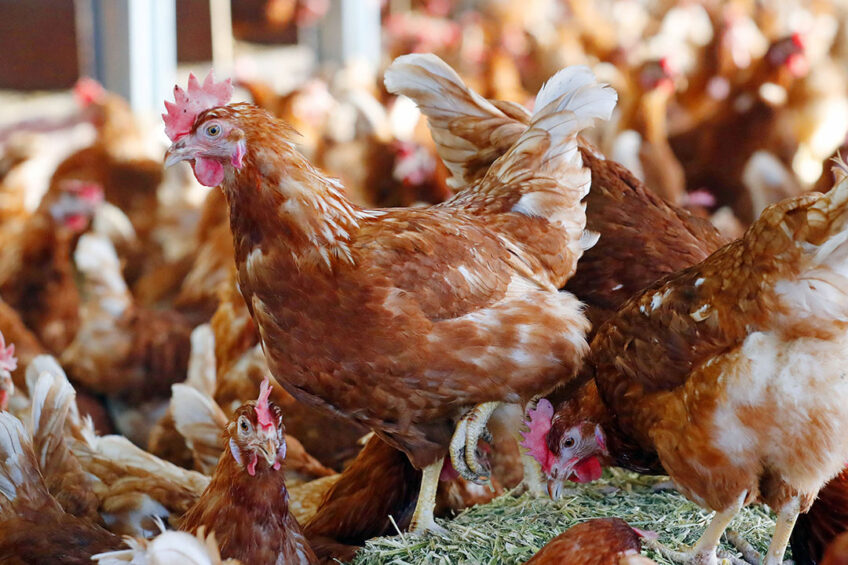
Building on the success of the first MetAMINO ATLAS, published in 2022, Evonik is pleased to announce the release of the 2nd edition. In 144 pages, readers will find results and publications from Evonik’s latest methionine research.
The 2nd edition of the MetAMINO ATLAS showcases 19 new nutritional value trials conducted in 12 countries on four continents with more than 2 million broilers, laying hens, pigs and aqua species. The release was necessitated by the emergence of new scientific studies on methionine bioavailability, reflecting Evonik’s commitment to providing the most current and scientifically robust information to support the animal nutrition industry’s move towards more sustainable and cost-effective practices.
Diverse conditions and species
The studies were conducted under a variety of conditions, covering various monogastric farm and aqua species, as well as different climate zones and geographic locations. Various methionine products and their respective precursors including MetAMINO (DL-Met) and PROXYMet (65% of DL-Met and 35% calcium carbonate) or methionine hydroxy analogue-free acid (MHA-FA) and methionine hydroxy analogue calcium salt (MHA-Ca) were used in the trials, which were conducted under farm conditions ranging from small-scale pen facilities to large-scale commercial poultry barns.
The studies took place not only under commercial feeding conditions, but also in different nutritional settings. Several trials reported in the publication challenged the applicability of 65% bioefficacy for MHA-FA relative to DL-Met not only with optimal, but also with suboptimal dietary Met+Cys specifications. Under suboptimal Met+Cys supply, the 100:65-challenge test has higher sensitivity and thus provides an even stronger confirmation. For example, this was obtained from a 12-week trial conducted with laying hens in Mexico. The performance of the DL-Met treatments was similar to that of the MHA-FA treatments, while the general performance level significantly decreased with the reduced Met+Cys specification. The latter provides evidence that 65% bioefficacy works in circumstances where methionine is limiting and thus determines performance. In fact, in every study reported in the publication, similar animal performance was achieved when 100 units of methionine hydroxy analogue products were replaced with 65 units of DL-Met.
Economic benefits
Another example of what readers can expect is a trial conducted in co-operation with a German feed manufacturer and a commercial farm in Lower Saxony in Germany. The trial compared liquid MHA-FA and DL-Met when supplemented in a 100:65 weight ratio in 408,500 Ross 308 broilers in 10 houses, each of which were 1800 square metres. The diets comprised wheat (partly unground)-maize-soybean meal and rapeseed meal. A first group was given a standard feed using liquid MHA-FA (2.95 kg/MT) while the second group was given DL-Met at a 65% ratio to MHA-FA (1.92 kg/MT).
While broiler performance was identical for both treatments, this example showcases the economic benefits that can be attributed to the 65% bioefficacy concept, as shown in Table 1.
During the trial, it was found that for every tonne of feed, 2.95 kg of liquid MHA-FA or only 1.92 kg of DL-Met per ton of feed was required, averaged over feeding phases. Assuming a price for DL-Met of €2.50 per kg, and for MHA-FA of €2.00 per kg, using DL-Met would save €1.10 per tonne of feed (Table 2). This equals an amount of well over €10,000 per year for this farm.
Another study reported in the Atlas compared methionine products in low crude protein and standard crude protein diets for male Ross 708 broilers in the USA. Reducing dietary crude protein while maintaining the levels of essential amino acids makes performance responses more susceptible to any small deviations of amino acid from expected levels. Therefore, low protein diets would be more sensitive conditions for challenging the 65% bioefficacy concept. While performance was lower due to protein reduction, the corresponding treatments of methionine sources, supplemented at a 65:100 ratio, did not differ.
To complement the study results found in the publication, a benefit calculator, which is available on www.metamino.com, reinforces this principle by showing the savings that can be made.
Additional resources and tools
Besides the trials section, the digital version of MetAMINO ATLAS 2024 contains 3 further sections: videos; Evonik amino acid recommendations for broilers, laying hens, ducks, turkeys, pigs and aqua species; and articles & abstracts.
The last section is a comprehensive selection of the latest and most relevant scientific studies. The publication includes full-text review articles on meta-analyses of methionine sources in turkey and broiler nutrition, as well as on the question as to why there is continuing discussion on the nutritional value of methionine sources. In addition, and for the first time, it contains information about sustainability gains using MetAMINO.
Summary
Methionine remains the first limiting amino acid in poultry and many aqua species and the third limiting amino acid in pigs. This is why the relative nutritional value of DL-methionine compared to MHA-FA and MHA-Ca is an important parameter for cost-effective purchasing, feed formulation and animal performance.


